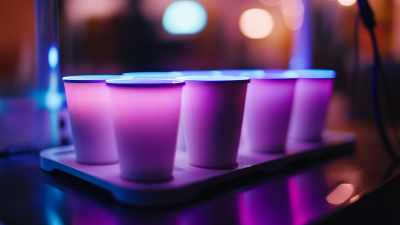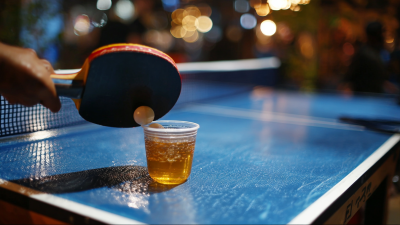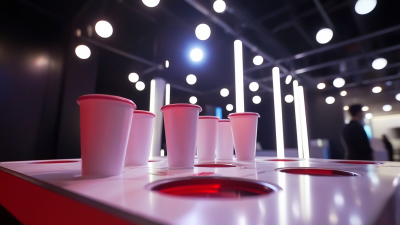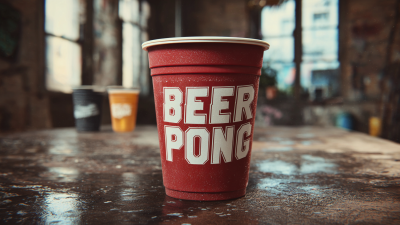Cup Pong, a spirited and competitive party game, has captured the hearts of many, becoming a staple activity at gatherings and social events. This engaging blend of skill, strategy, and a touch of luck creates an atmosphere of excitement as players aim to sink their cups with precision.

In this guide, we delve into the art of mastering Cup Pong, providing you with essential tips and tricks that will take your game to the next level. Whether you’re a novice looking to improve your technique or a seasoned player hoping to refine your strategy, the insights shared here are designed to enhance your performance and, ultimately, impress your friends.
Get ready to elevate your Cup Pong skills and make your next game unforgettable!
In the game of Cup Pong, mastering your grip and stance can significantly boost your accuracy and overall performance. A proper grip allows you to maintain control over the ball, ensuring that each throw is deliberate and precise. The key is to hold the ball lightly with your fingertips, providing enough control without squeezing too tightly. This grip promotes a fluid wrist motion, which is crucial for achieving the optimal arc and trajectory during your throw.
Equally important is your stance. Positioning your feet shoulder-width apart provides a stable base, enhancing your balance and focus. Leaning slightly forward engages your core, which can help generate power in your throw. When preparing to shoot, aligning your non-dominant foot with the target cup keeps your body in a straight line, guiding your aim. By integrating a strong grip with a solid stance, you will not only improve your accuracy in Cup Pong but also instill confidence in each shot, allowing you to impress your friends with your newfound skills.
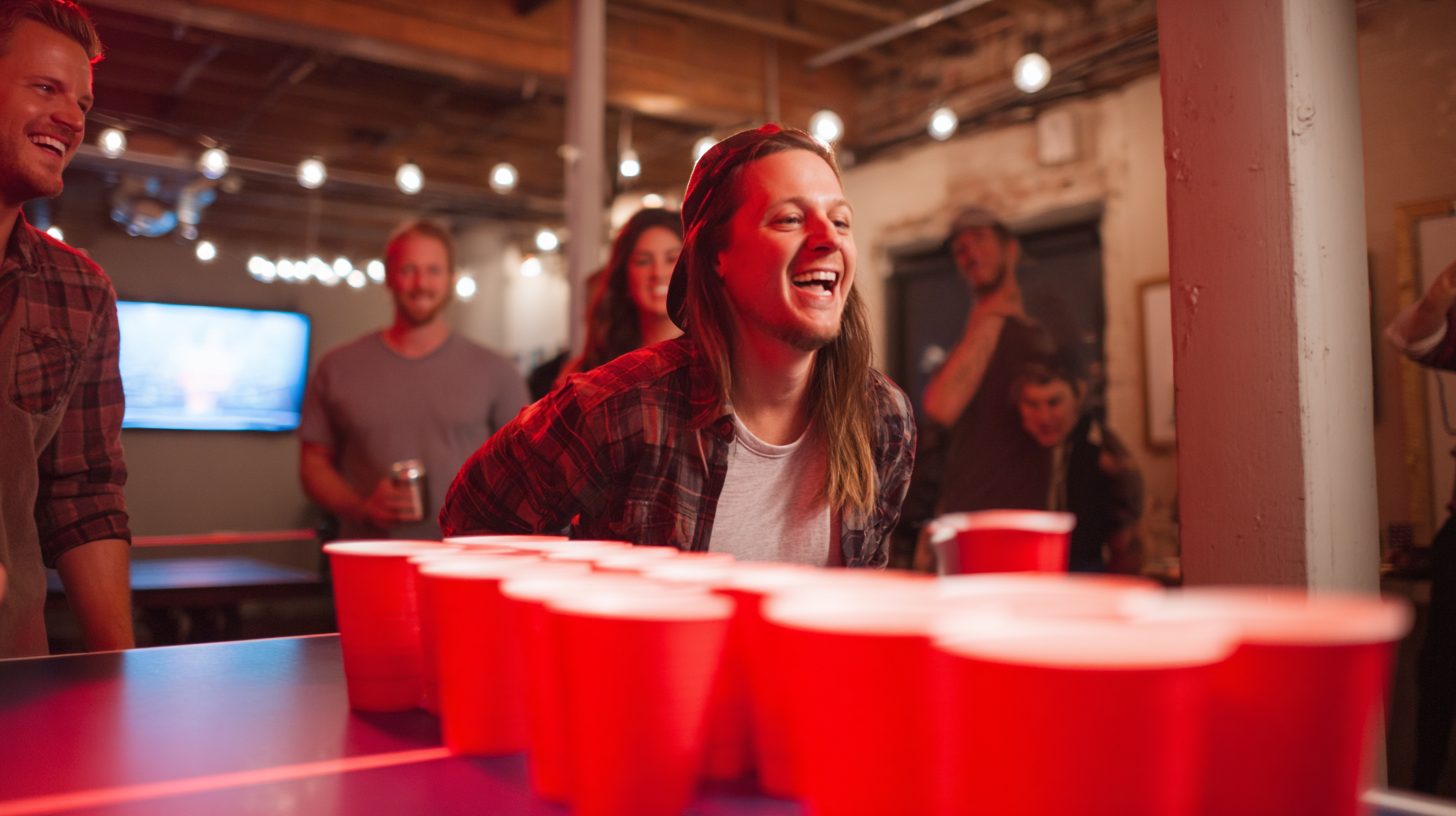
Mastering Cup Pong requires a deep understanding of the arc, as trajectory plays a pivotal role in determining success rates. Scientific studies reveal that the ideal angle for tossing a cup pong ball is around 45 degrees, allowing for optimal time in the air and a better chance of sinking into the cups. Players can benefit from practicing different throwing techniques to understand how changes in trajectory affect their shooting accuracy.
When aiming for success in Cup Pong, consider these tips: first, maintain a consistent stance and grip on the ball; this foundational technique impacts your trajectory significantly. Secondly, experiment with backspin and topspin on your throws to see how it alters the ball's behavior upon hitting the cups. A study indicated that players who mastered spin shots had a 20% higher success rate than those who relied solely on a flat trajectory.
Additionally, practice makes perfect. Engaging in regular practice sessions helps players develop muscle memory for their throws, ultimately improving their understanding of how angles and force interact within the game. Mastering these elements will not only elevate gameplay but also wow friends with your newfound skills on the Cup Pong table.
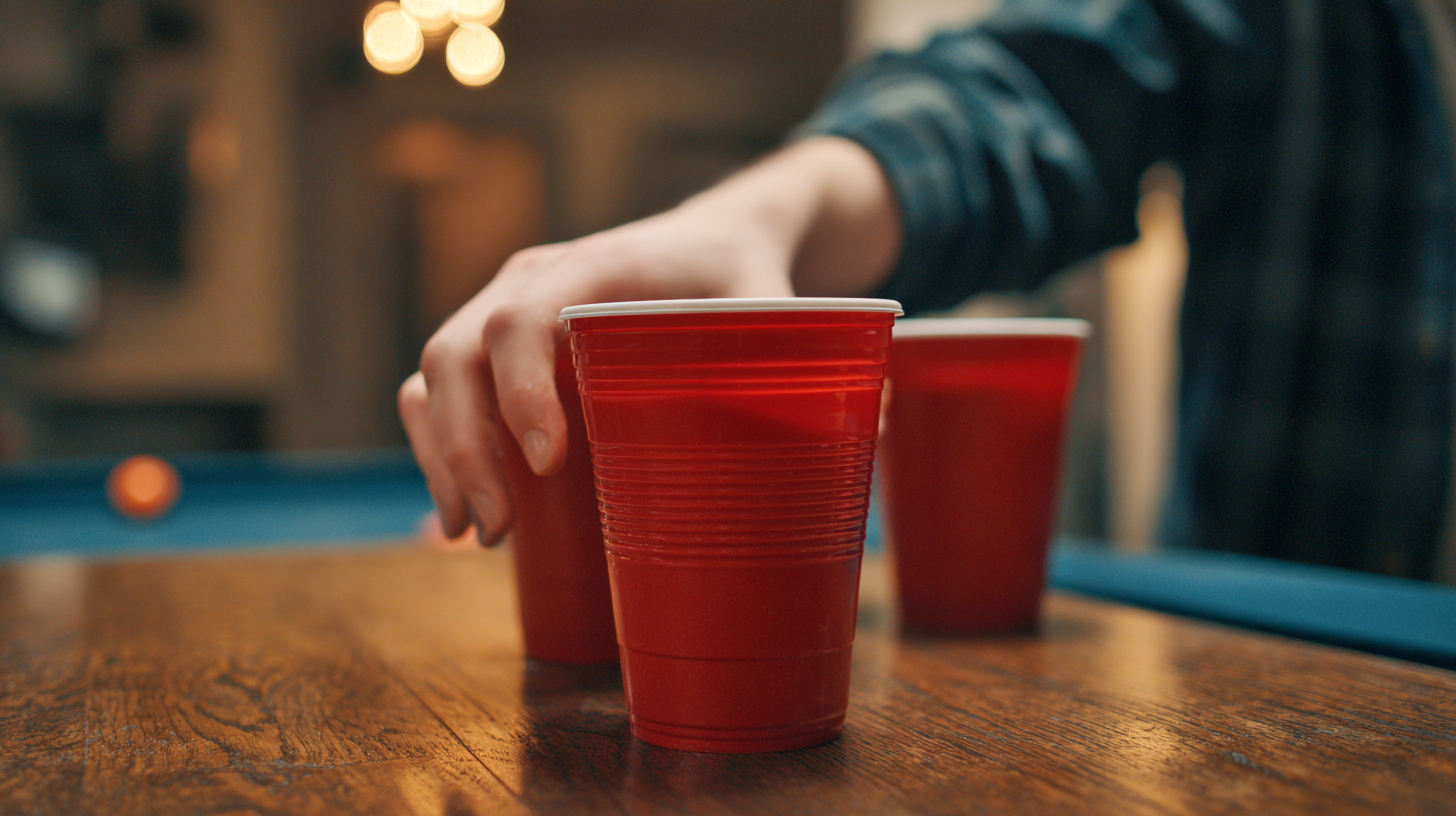
In the competitive world of Cup Pong, mastering psychological strategies can be as crucial as perfecting your throwing technique. One of the most effective tactics is the use of mind games to unnerve your opponents. Establishing a confident demeanor while maintaining eye contact can create an aura of intimidation. By projecting self-assuredness, you may induce anxiety in your rival, causing them to second-guess their shots. Additionally, adopting a relaxed posture can convey to your opponent that you are unfazed, potentially leading them to feel pressured.
Another powerful psychological approach involves the art of distraction. Implement humorous banter or playful taunts during the game to not only lighten the mood but also shift your opponent's focus away from their performance. Effective distractions can break their rhythm and lead to careless mistakes. Furthermore, consider varying your throwing style unexpectedly; whether it’s a casual flick or a more exaggerated motion, keeping your opponent guessing will heighten their apprehension. By mastering these psychological strategies, you can elevate your Cup Pong game, leaving a lasting impression on both your friends and your adversaries.
This chart illustrates key performance metrics for mastering Cup Pong. It highlights the importance of accuracy, psychological pressure management, shot variety, and practice frequency in elevating your game and impressing friends.
When it comes to mastering Cup Pong, selecting the right tools is crucial for optimal performance. The quality of the cups you choose can significantly influence your gameplay. Lightweight, durable plastic cups allow for precise stacking and easy setup, while a slightly wider rim can improve your chances of sinking the ball. Look for cups that are specifically designed for the game, as they often have a more consistent size and shape, which is essential for accuracy during practice and actual matches.
Equally important is the choice of ball. The standard size of a ping pong ball is 40mm, which provides a perfect bounce and trajectory when thrown. However, experimenting with different types of balls can yield interesting results. Consider using a heavier ball for enhanced control or a lighter one for more speed, depending on your style of play. Additionally, practicing with a high-quality ball that maintains its shape will help you develop your skills more effectively. Investing time in evaluating your cups and balls can give you a competitive edge, allowing you to impress your friends with your refined techniques and strategy.
When it comes to mastering Cup Pong, the frequency of practice plays a crucial role in determining winning percentages in competitive settings. Just as athletes in various sports benefit from regular training, players of Cup Pong can significantly enhance their skills and consistency through dedicated practice sessions. Statistics reveal that those who engage in frequent gameplay not only develop better hand-eye coordination but also sharpen their strategic thinking, allowing them to react quickly and make effective decisions mid-game.
Moreover, analyzing participation trends in competitive Cup Pong tournaments indicates that players who practice at least three times a week have up to a 20% higher chance of winning matches compared to those who practice less frequently. This reinforcing correlation between practice frequency and performance underscores the importance of commitment and discipline in elevating one’s game. As players hone their techniques and familiarize themselves with various strategies, they not only impress their friends but also increase their competitiveness in the Cup Pong community.
